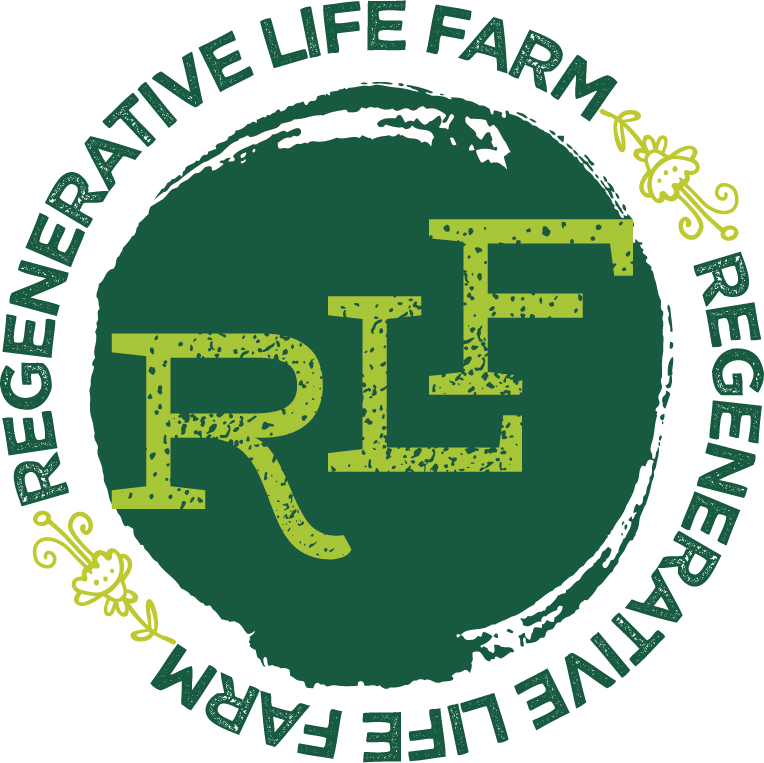Clouds
This appeared in the May 17, 2021 edition of The Fish Wrap.
The miracle of photosynthesis is that it takes three abundant, free resources (Sunshine, Soil and Water) and turns them into the food that sustains and enriches all life on the planet. Today, Sun & Soil want to talk about Water. The water cycle begins when the Sun heats bodies of water. As the warm water evaporates, it rises as vapor which is lighter than the other major components of the atmosphere, cooling as it goes. As it cools, it turns back to liquid in the form of tiny particles. Those particles gather together to form raindrops until they become heavy enough to fall as rain. Some of the water infiltrates the soil to replenish the aquifers. The rest falls on rivers, lakes and seas to complete the cycle.
Raindrops happen when water vapor has something to cling to, called a condensation nucleus, like dust particles, sea salt, ash from wildfires and plant bacteria. The droplets that attach to a nucleus are so small that you would need a million of them to make a single raindrop. Those raindrops gather to form clouds. The average weight of a cumulus cloud is 1.1 million pounds!
The water cycle is crucial to sustaining human life, but it doesn’t always get talked about when discussing environmental threats. Groundwater stores are being depleted at a faster rate than they are being replenished, threatening food security.
If you’ve ever watched your garden after a rain, you know how much plants love rainwater. It has several benefits over tap water. It is free of the salts, treatment chemicals and pharmaceuticals in tap water. And rainwater is high in the most bioavailable form of the nutrient Nitrogen, the prized ‘greening’ ingredient! And the nuclei of raindrops often contain minerals and microorganisms that nourish plants. Rainwater is living water!
